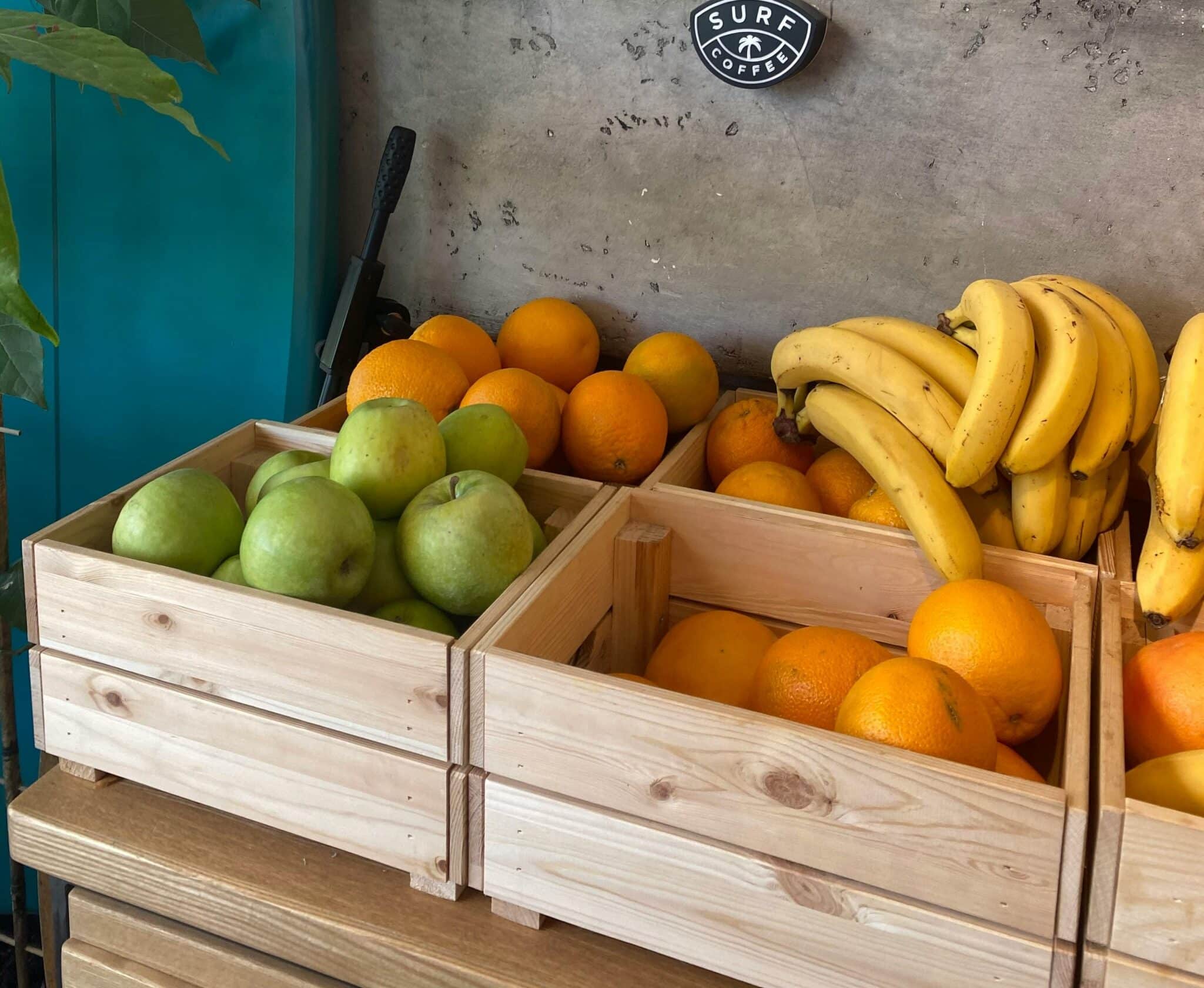
Your business thrives on being able to produce perfect products, just as they are seen in demonstrations, in brochures or on the internet. At a click, over the phone or via contract, your customers are interested in receiving your goods in factory dispatch condition. How you package your product for shipment is crucial to whether or not your customers receive exactly what you promised or give you a frustrated phone call because something was damaged in transit.
At Australian Boxes and Cases, our business is ensuring your business delivers product in perfect condition, first time, every time. We have gathered all the information you need to know for safe, secure shipment packaging into one simple document.
Shipping Packages
When organising your product for dispatch, many of your products will be within cartons, stacked on re-useable wooden pallets and ready for fork lifting and loading into containers. However, sometimes we have to address product that may be oversized, oddly shaped or need extra special consideration by our packaging professionals. Your shipments may be categorised as either regular or irregular.
Regular Shipments
Regular shipments conform to all necessary weight, dimension and stability requirements of your logistics company. These shipments are considered easy to handle, don’t require any special care, and are able to be stacked safely.
Irregular Shipments
Irregular shipments are loosely defined as anything not simple for operators to transfer and pack safely. This could be the result of:
• Non-standard, hard to manoeuvre shapes
• Any packaged shipment that exceeds your logistics company’s standard limits
• Non-stackable (labelled as such)
• Hazardous to other freight or shipment handlers
• Or any product without shipping container, packaging or protection.
Transportation Hazards
While your factory may be ideal, and the receiver of your good ready to conform with your storage recommendations, shipments in transit are vulnerable to a range of harsh and potentially damaging conditions, no matter if they are moved by road, rail, air or ocean. Below is a list of the most common hazards to the integrity of your product:
• Shock can occur at any stage of the journey. Shock is a single instance of impact on the sides, corners or any part of the shipment. These happen for a variety of reasons, often unavoidable. Your packaging and palletising process should provide sufficient thickness of impact protection for the value and fragility of the product.
• Vibration is common and likely to be unavoidable if any mechanical handling is to occur. Different shipping options create different vibration issues, air and ocean produce low amplitude vibrations, where road or rail transport can produce high amplitude vibration. Continuous vibration can loosen products within the packaging, allowing shaking, scuffing or other damage over the journey.
• Compression is the result of continuous pushing forces against any face of the shipment. Most common and unavoidable compression is vertical, from the stacking of pallets and loading of shipping containers. Side compression can occur as forklift operators push stock during the loading process, or when air or ocean transport vessels roll in transit. Structural integrity is key to the protection of your product, meaning that packaging needs to be able to absorb, deflect and hold against significant weights for extended periods of time.
• Climatic conditions change as products are in transit. Most freight options are not conditioned for cool, dry air, and this variability can impact your product. Ocean freight can be subject to extremes of humidity and rain, and road or rail transported goods are often subject to extreme heat and sunlight. Packaging needs to be able to insulate your goods from these variants to the immediate environment.
• Altitude impacts are exclusive to air transport. Aircraft can expose shipments to unpressurised or low-pressure environments as aircraft reach 20,000 feet (6,100 metres) to fly internationally over mountains. Australian road transport rarely needs to consider altitude, but shipments with a road component internationally may have to consider the geography of the route.
Protective Packaging
When readying product for shipment, understanding the route, travel modes and shipping transfers help inform your decisions on appropriate protective packaging materials. We have collected some of the more common materials used to protect your product in transit.
| Material | Shock | Vibration | Compression | Climate | Altitude |
|---|---|---|---|---|---|
| Air bags | ■ | ■ | ■ | ||
| Cellular sheeting | ■ | ■ | ■ | ■ | ■ |
| Paper pads | ■ | ■ | ■ | ||
| Corrugated cardboard | ■ | ■ | ■ | ||
| Polyethylene moulds | ■ | ■ | ■ | ■ | ■ |
| Polystyrene beads | ■ | ■ | ■ | ||
| Tissue paper | ■ | ||||
| Honeycomb pads | ■ | ■ |
Transport Boxes
When you are concerned with the integrity of your product, prudent planning requires the best protective shipping preparations. When dealing with fragile, unique or high-value items, the best solution will always be custom transport boxes. Australian Boxes and Cases recommends wood as the most versatile material for the price, strength, and ability to be built quickly to specification.
Packing Arrangement
There is more than one way to package goods, and the best solution depends on the product. This section will describe the single and double box methods.
Many products that require only minor protection additional to the carton can be single boxed. Single boxing requires the product to be either wrapped in cellular sheeting or the box void filled with a cushioning product to restrict movement. Once inside with sufficient padding, the box should be H taped, along the centre seam and then across the top and bottom seams.
Double boxing is recommended for fragile or high-value products. The carton or item should be placed in the inner box with a minimum of 5cm of cellular wrapping or void filler. This should be H taped. Then the inner box can be inserted into an outer box of a minimum 15cm additional length, width and depth, with wrapping or void fill to 8cm on each side. Finally, the outer box should also be H taped.
After the care and investment, you have poured into your products, you want the best protection possible during shipping. Call Australian Boxes and Cases today and let our packaging experts help you find the packaging solution right for your product.
Related News

Common Mistakes to Avoid When Using Wooden Pallets for Transport
Wooden pallets ensure your goods are transported safely and...
Keep Reading
A Guide to MDF Boxes: All You Need to Know
MDF (Medium-Density Fibreboard) boxes have become a popular choice...
Keep Reading
Eco-Friendly Packaging Solutions: How ABC Crates is Leading the Way
When looking at packaging solutions today, one of the...
Keep Reading
 Enquire Today
Enquire Today